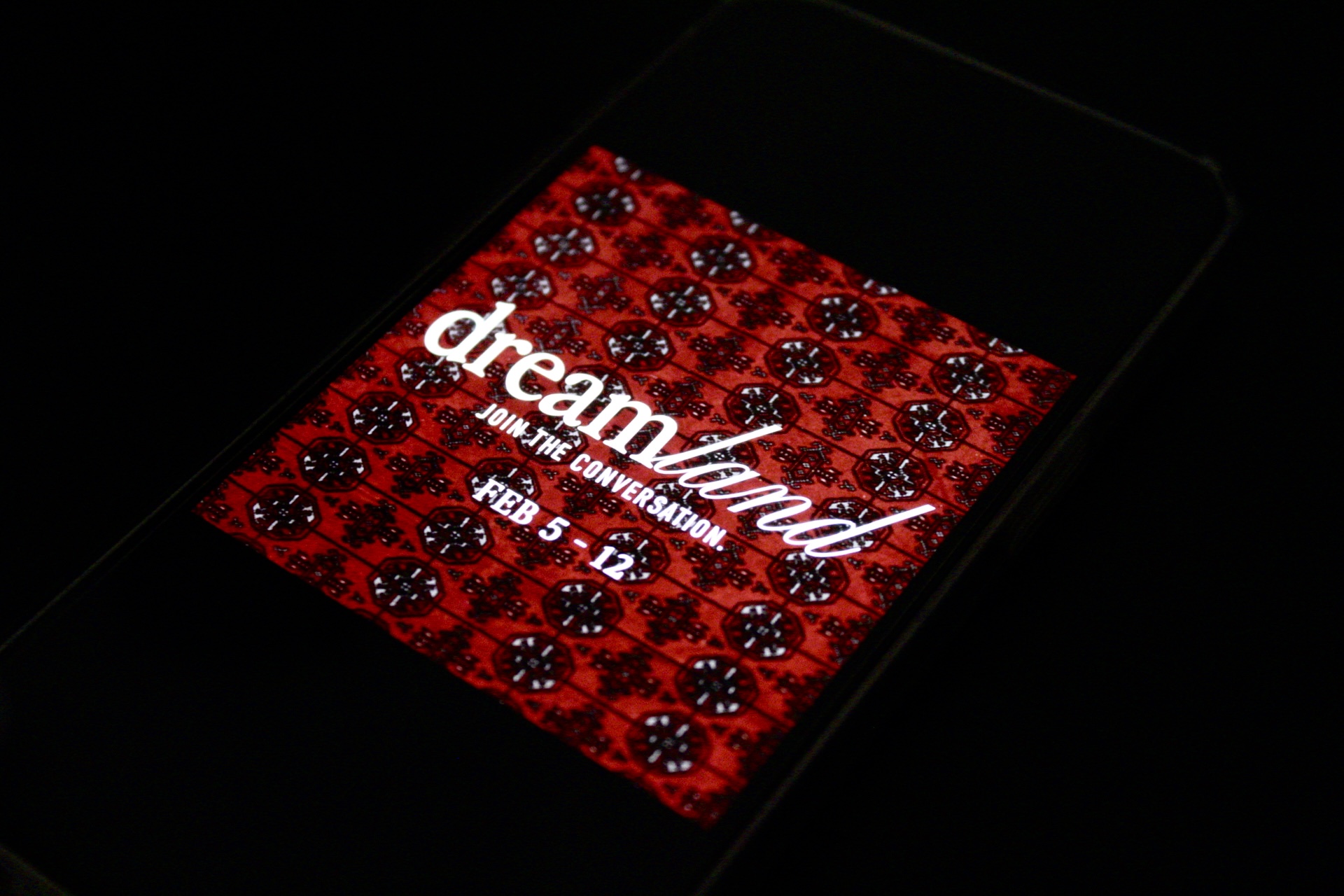A space to dream out loud
Mississauga exhibition provides a space for residents to bridge the gaps between their house and their home.
Dreamland was an exhibition open to all Mississauga residents to fulfill their need for discovery. From February 6 to February 10, the City of Mississauga opened a platform for Black, Indigenous, and People of Colour who are artists and residents to share their perspectives on being an immigrant or refugee in a Western world, and to explore the topic of whether it is possible to exist figuratively in two places at once. Were immigrants and refugees able to preserve their culture? Or did they have to sacrifice a part of their “home” to live a life championed by different values, opposite to what they were taught by their ancestors?
In collaboration with the Mississauga Arts Council, the City Council hosted a multi-day exhibition for residents to explore different cultural identities and exchange histories in the Small Arms Inspection Building (SAIB)—a repurposed building located on Lakeshore Road with significant importance during the Second World War. The location is now a bright, multi-purpose, open-concept arts and cultural hub for creatives in the community and has played host to events of various sizes.
Mixed media, painting, embroidered pieces, and photography by five artists covered the walls side-by-side. The shock of missing out on key information about his own culture prompted South Asian artist Asim Hussain, who goes by the social media handle @studentAsim, on a mission to educate the public about The Partition of India in 1947, a tumultuous but central piece of South Asian history that he never learned from schools in Canada. He created the exhibit, First Contact, where a digital print display titled “JAWAB DO!—an odyssey into the Partition of India” detailed all his questions and the horror of knowing nothing about it despite being South Asian himself. Besides the artwork, Hussain was also present at SAIB on February 10, from 10 a.m. to 2 p.m. to greet the local community.
Curator Hibah Mian agreed that Mississauga is a rapidly growing city, where more than half of its residents have a native language that is not English, and that artists help to articulate the distinctiveness of the many identities in this city. She hopes that Dreamland can provide community members with a space for their voice; a hub to share their culture with others who share the space we spend our livelihoods in, and act as a signal to reflect on what we call “home.”

